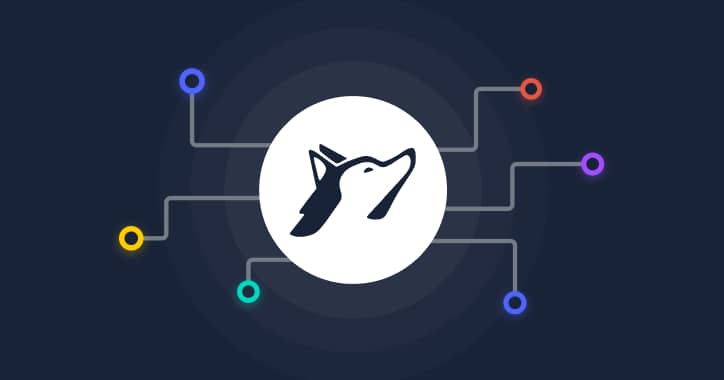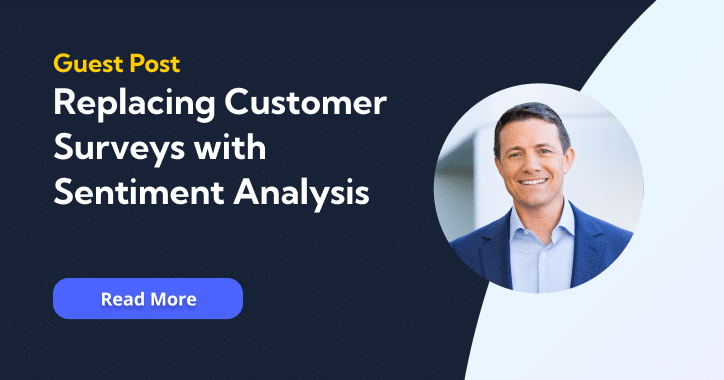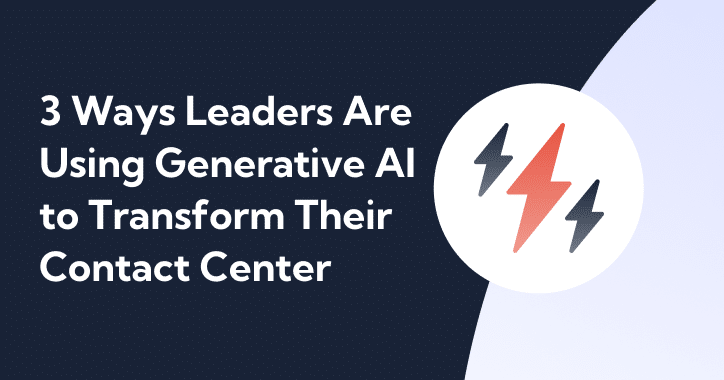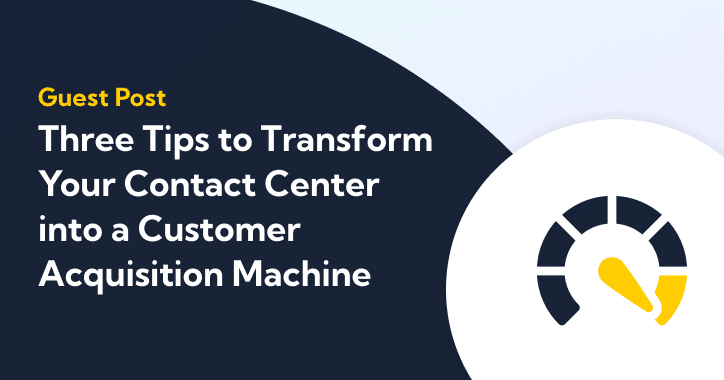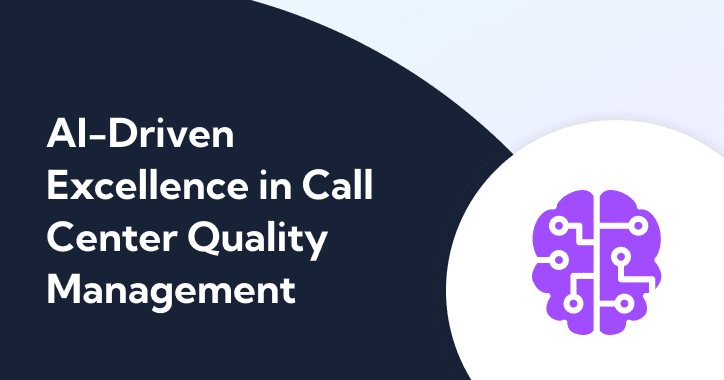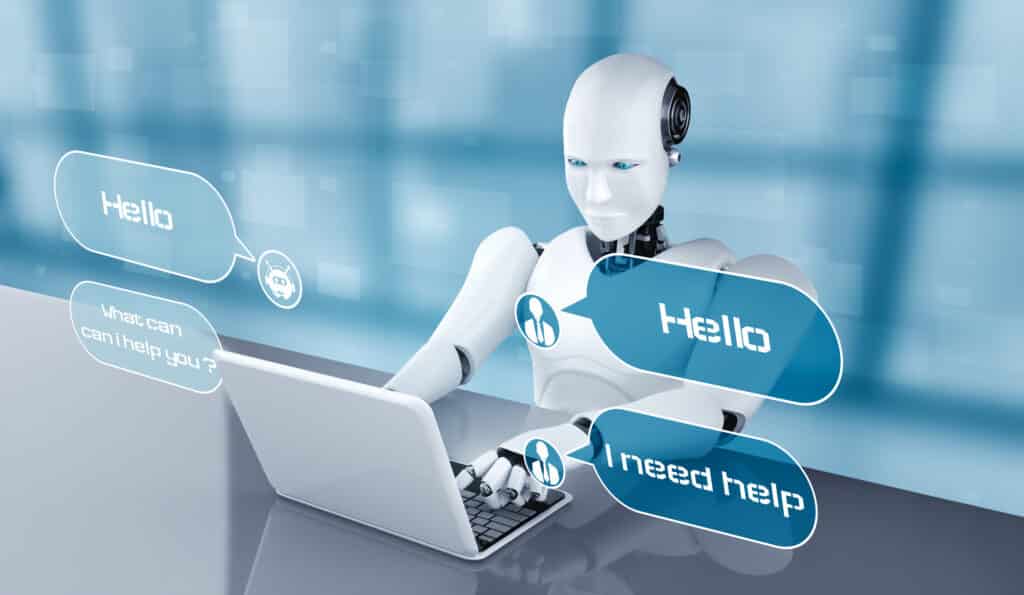
Technology moves quickly. Every single day, new advancements are being made in computer science, engineering, and similar fields. One of the most rapidly expanding fields is that of artificial intelligence (AI).
The goal of AI is to enable technology to complete tasks that previously required human intelligence, and to get computers to “think” in creative ways that help to solve various problems. From navigation to customer service to healthcare, AI has begun to enter every aspect of the human experience.
AI and Customer Service
Artificial intelligence can help customer service agents and office managers provide a higher level of care for their customers via real-time notes and reducing average call handle times. This type of software can also give managers the resources they need to train their employees and follow along with live calls.
An example of artificial intelligence at work is seen when it’s the driving force behind powerful call center scripting software solutions. Call scripting software provides customer service professionals with a more intuitive script that applies directly to the conversation they are having with a customer. The best part is, while these solutions listen in on the conversations agents are having, they can also alert managers when coaching moments pop up in real time.
It’s important to remember that sometimes customers will speak directly to an AI, but this does not mean that customer service agents will be replaced in the future. While current solutions are certainly complex, they are still supplementary resources; they are designed to free up human operators and agents to do the most important work while AI takes care of repetitive and rote tasks.
AI and Social Media
AI is used by several social media platforms to affect how customers interact with the platform, with brands, and with other users. One example of a social media AI is Deep Text, a tool used by Facebook to scan the words written in posts and comments to better understand slang, abbreviations, and linguistic trends. Facebook also used an AI translation software system to automatically translate news information for users who live in countries around the world.
Instagram, owned by Facebook, uses the Deep Text software to combat issues such as cyberbullying and hate speech. Snapchat combines animation with live videos, using AI software to interpret movements and hand signals from viewers and superimpose animations and designs into the videos they make. Twitter uses AI to inform its tweet recommendations for users based on their previous posts and activity.
AI and Navigation/Travel
AI is changing the way we navigate the world, and the travel industry is seeing a variety of new updates as a result, including:
- Hotel and airline chatbot solutions: Many larger airlines and hotel chains use AI chat programs on their websites to help deliver their customers answers to immediate questions, make bookings, and more.
- Flight forecasting: Websites like Hopper use AI to forecast what days will be best for low-cost flights and accommodations.
- Travel planning: A new way that AI is being used in the travel industry is through personalized travel planning. This kind of travel can be connected to various health-related devices to help people travel safely and easily.
- Smart baggage handling: There are a couple of airports now testing AI and robot-focused baggage handling practices.
Artificial intelligence programs allow for more up-to-date travel information when planning trips, and help to customize the experience so travelers can make the most of their vacation.
AI and Vehicles
AI is at the forefront of some of the biggest automotive innovations of the century. Through a combination of sensors, cameras, and artificial intelligence technology, many car companies are developing autonomous vehicles, also known as self-driving cars.
These companies, including but not limited to Tesla, Audi, Ford, and Volvo, are creating and testing cars that can take a passenger from one place to another without the driver ever touching the wheel. This requires the AI to make decisions based on the movements of other cars, and to follow navigation instructions provided by satellite.
AI and Healthcare
In the healthcare industry, AI software can utilize natural language processing to take a physician’s notes, organize them, and create a patient file with suggestions for future care.
Additionally, while AI can help immensely with data collection and organization, it has not yet been fully integrated into the diagnostic process. It is difficult for healthcare practices to combine an AI diagnostic with the healthcare call center staff, and many AIs are only capable of diagnosing illnesses within a very specific area of medicine. Nevertheless, AI shows great promise in medical diagnosis, where future solutions could help tighten accuracy in the field. The Southern Medical Association states that, in the U.S., 5% of outpatients receive an incorrect diagnosis, sometimes resulting in serious or fatal injury. Someday, AI could bring that number close to zero.
AI and Therapy
According to the Kaiser Family Foundation, four out of every 10 Americans suffered from symptoms of anxiety or depression during the COVID-19 pandemic. As a result, the need for therapists has risen, but some people feel that finding a therapist is not possible because of other financial responsibilities.
However, AI programs such as Woebot Health offer therapeutic services for people addressing mental illnesses. Several apps facilitate everything from guided meditations to one-on-one virtual calls with therapists, but some apps are now using AI to treat users with cognitive behavioral therapy as well. These solutions are all good news to those looking for a more affordable option in mental health treatment.
AI and Security
Artificial intelligence brings many opportunities for increased security and more effective surveillance. Video analytics technology can analyze what types of behavior are normal and safe versus types of behavior that are unusual and might pose a threat. This means that surveillance footage can not only provide an account of what happens, but the AI software can provide feedback to security personnel about potential threats in the area, all before it happens.
Of course, AI is making even bigger waves in the realm of cybersecurity, where, once it learns what your network’s baseline looks like, consistent systems monitoring solutions can detect the slightest deviation from the norm at any moment. This means that the moment a hacker breaches your system, the AI solution can notify the security team, and they can take immediate action.
AI and Society
AI can completely transform our society. AI and robotics technology can take over repetitive or dangerous tasks so that human beings don’t have to put themselves at risk. AI can be combined with our houses to create smart homes that can respond to our needs daily. Some people even think that AI will come to be so integral to our society that we will be as dependent on it as we currently are on the internet or our smartphones. Fortunately, that day is a long way away, and we still can shape our future.
Until then, it’s undeniable that artificial intelligence is still a vital part of creating a world with more widely available information, safer workplaces, and fairer communities.

